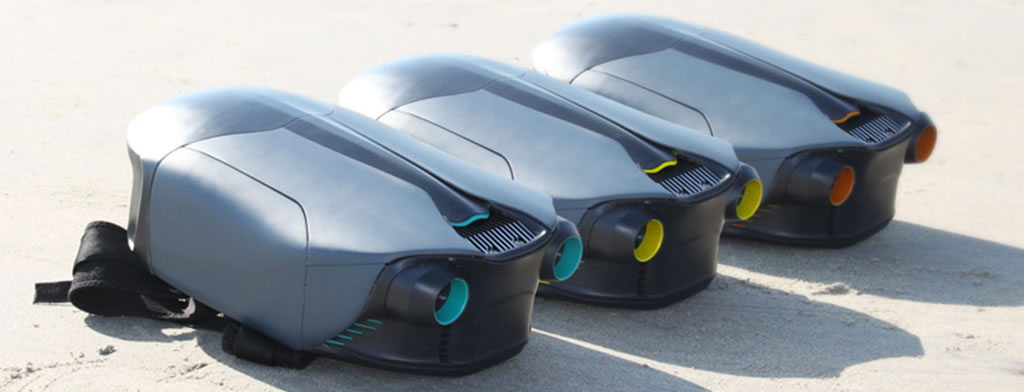A student from the Loughborough University in the UK has now made it possible to glide underwater with the world’s first 3D printed underwater jetpack.

Archie O’Brian, 21 first got the idea of a underwater jetpack when he saw the promotional videos for the currently available underwater scooter called Seabob, retailing for about $17,000. O’Brian wanted to make the technology more accessible to people.
With the help of 3D printing and working with 3D hubs, O’Brian designed and prototyped the CUDA, a 3D printed underwater jetpack which can be operated hands-free as it is worn like a backpack. This was initially made as a school project, but it has now turned out to be a useful tool not only for recreational activities but also for other potential activities like search and rescue operations or for scientific research.
The entire jetpack consists of 45 parts which can be assembled just in a short span of 10 minutes. CUDA runs on easily removable batteries which can be easily popped in and out as and when needed.
For this jetpack, FDM 3D printing was used to keep design costs low. To create the impeller, SLS and carbon-fiber powder were used. To ensure that the jetpack is fully waterproof, the 3D parts were coated with epoxy resin and silicone seals are used around the openings of the electronics and batteries.
As of now, CUDA is patent-pending, O’Brian aims to launch the product commercially by 2019. We hope that by then, the product may become as famous as the iPhone.